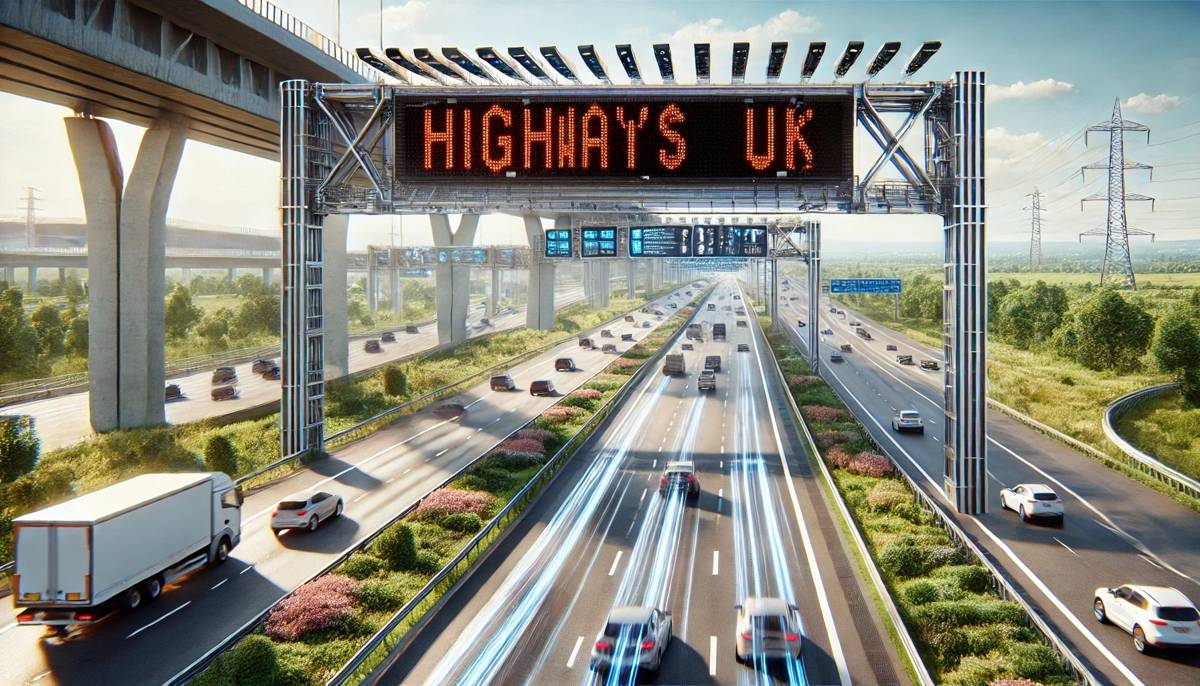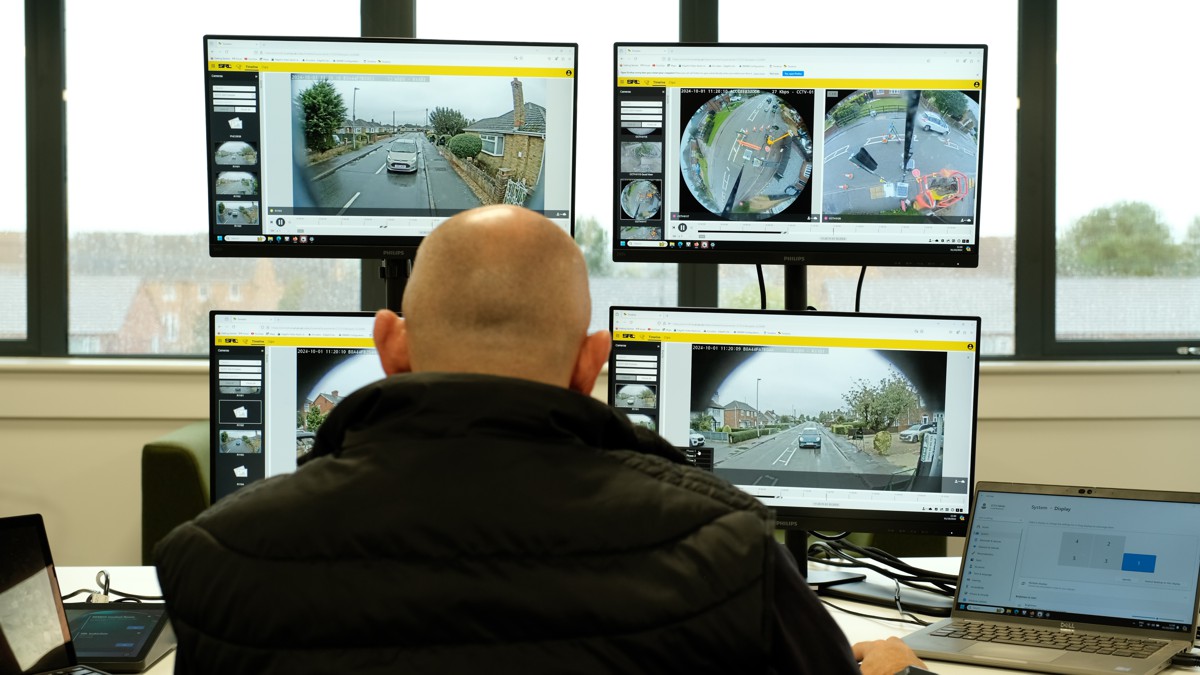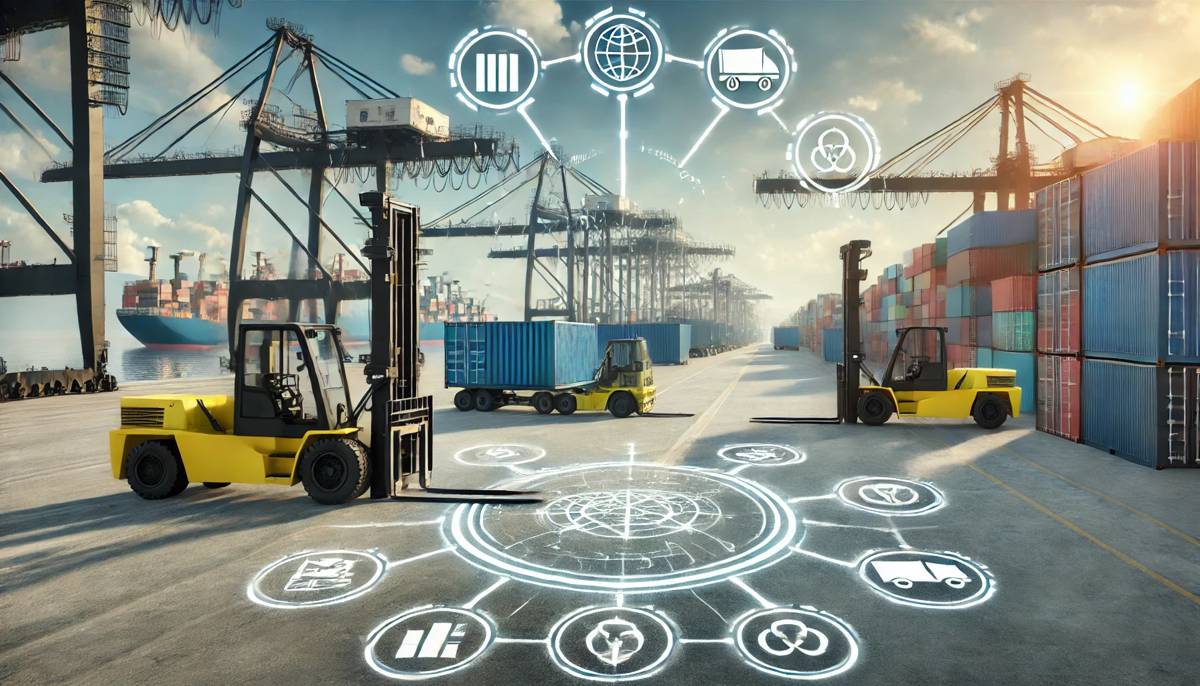NBS publishes their annual digital construction survey
NBS, the platform for connected construction information, has revealed its eleventh annual survey, now the Digital Construction Survey, previously the NBS BIM Survey.
With over nine hundred respondents, this year’s report provides a more comprehensive picture of the sector’s digital transformation, along with BIM adoption levels, and day-to-day usage of technology.
Importance of digital
With approaching three-quarters (71%) of respondents now using BIM, it’s fair to consider this approach now embedded across the sector, with adoption levels consistent for the past couple of years.
The construction industry is now on board with technology and confident that it will help solve the challenges facing the sector, as demonstrated by eight in ten stating that digital technologies deliver a better-built environment, with three quarters (75%) saying that tech offers sustainability benefits.
The Golden Thread
The forthcoming Building Safety Bill has forced safety to the forefront of the construction industry, and regulation requires a digital “golden thread” of information. This is an accurate, up-to-date digital record of all data required to maintain and operate a building. This includes how it was designed, built, and any maintenance. This log records all the processes, construction products used, and the decisions made in construction and operation.
The golden thread covers information and documents as well as information management processes, all stored as structured digital information.
While eight in ten (78%) respondents say they need to be working digitally and 70% say they need to have adopted BIM to make the golden thread a reality, only half (51%) are clear how they will do this.
The golden thread process is made much easier with the data available through a digital twin. In addition, having a digital twin enables access to all of the essential information in one place and allows for constant monitoring and maintenance of the asset.
While three quarters (74%) of respondents believe that digital technology is helping create a safer built environment, digital twin adoption is still relatively slow, with only 16% having worked on a project that used a digital twin in the past year.
New Tech
In the past twelve months, half the survey’s respondents have worked on an off-site project, a clear sign that a move to MMC is taking place, yet this figure shows there’s still work to be done if the government is going to embrace MMC on the scale it intends.
Over a third (35%) already use immersive techs such as VR/AR, and a half (50%) plan to within five years. These figures could indicate that a switch to digital technologies that can improve data collection and analysis and safety is becoming the norm as construction sites continue to become digital tech ‘hotspots.’
The survey also reveals that over three-quarters of the industry (77%) use cloud computing. This result is higher than previous year, compared to 42% in 2020. A clear sign that digital methods are being fully embraced and that steps towards the Golden Thread are now coming into effect, providing a clear digital footprint.
Transformative technology
The construction industry has traditionally lagged behind others in the adoption of digital capabilities. The Digital Construction Survey asked respondents to rank how various essential technologies or ways of working will transform the sector for the better over the next five years.
The top five are as follows:
- BIM
- Cloud computing
- Offsite construction
- Digital Twins
- AR/VR mixed reality.
Commenting on the survey’s results, David Bain, NBS’ Research Manager, said, “The adoption of new, digital technologies and ways of working should help to improve outcomes, so it is encouraging that 80% of built environment professionals agree that they are helping to create better buildings and places. Also, 75% say these innovations positively impact environmental sustainability, and 74% see them making a safer built environment. The industry also recognises the key role digital and BIM will play in realising the golden thread of information.
The use of cloud computing and blended working has become commonplace, but BIM has the most significant potential to transform the built environment for the better. BIM is now part of many people’s way of working (71%), with almost two-thirds of these recognising it as being about better information management, not just software. However, there remain challenges in taking the benefits of BIM and digital to all parts of the industry.”
Over 900 construction professionals took part in this year’s Digital Construction Survey, which included views from architects/engineers and other consultants (66%), contractors (13%), clients (9%), and suppliers (9%) in the UK and beyond.















